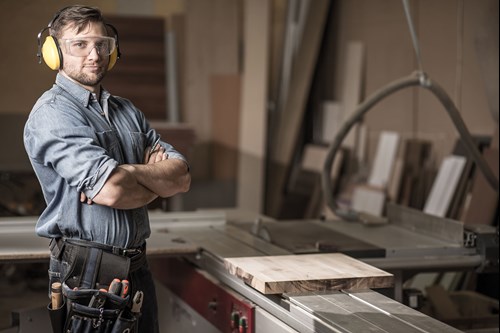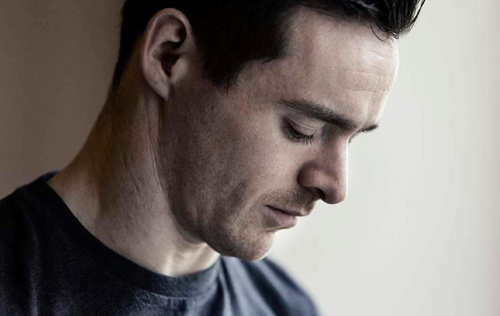Rethinking Male Suicide
Did you know suicide is the number one cause of death for men aged 20 to 49? So it’s no exaggeration to call it a national health crisis.
From The Thought Report

And although the statistics are still emerging, the combination of Covid-19, lockdown and work and family pressures appears to be having an additional negative effect on mental health.
While women’s mental health has borne the brunt of the crisis, men’s mental wellbeing has taken an additional hit, too. In normal years, suicide is a huge problem, this year things have the potential to be even worse.
Men and suicide
Suicide is significantly more prevalent amongst men, with rates three times the levels for women. The reasons for this are varied and opaque. According to the most recent available figures, the suicide rate is highest amongst men in the 45-49 age group.
However, depression is higher amongst women and women reportedly attempt suicide more often than men, it’s just more lethal for men.
This could be tied to men’s unwillingness to report symptoms of depression – they are less likely to seek help and more often self-medicate. Also, men tend towards more violent acts of suicide, so there’s less chance of a successful last-minute intervention.
Nearing the point of suicide is an incredibly dangerous place for a man to be.
Exploring the reasons for male suicide
A recent American study highlighted that people working in manual and industrial jobs were more likely to take their own lives. These are traditionally male roles, but it’s difficult to say if there’s something about the jobs that leads to higher suicide rates, whether it’s the associated financial and societal pressures, or other factors entirely.
However, we do know that class plays a huge role in determining suicide risk amongst middle-aged men. A Samaritans report in 2012 revealed that men in the lowest social class, living in the most deprived areas, are ten times more likely to end their lives by suicide than men in the highest class and most affluent areas.
Daniel Mills-Da’Bell, psychotherapist and head of safeguarding at Kooth, says the problem starts well before men reach the workplace.
“There’s still a culture of suppressing emotion amongst male children. For example, girls and boys in the playground are treated differently; falling over and hurting themselves, girls are given more comfort and time to cry and emote, whereas boys can be told to be brave and soldier on.
The messaging we, as a society, send to our young boys is that it is right to repress your emotions. This leads to an emotional illiteracy – a lack of language to express how you feel during times of stress. Because of this, you might not feel safe enough – or even know how to – share your distress.
The worry is that your emotional state can then quickly escalate, potentially making suicide more likely.”

Towards a better response
It’s difficult to find clear examples of successful programmes that reliably reduce suicide for men – the answer lies in a combination of developmental, societal, political and clinical factors. Mills Da’Bell stresses that there’s nothing inherent in the male psyche that makes suicide more prevalent in men, but that a range of formative factors can become ingrained and difficult to dislodge.
“Behaviour doesn’t exist in a vacuum – it’s always linked to thoughts and experiences. We know that early years trauma (not necessarily violent trauma) is a key indicator of future problems. So we need to become more trauma-aware in developmental spaces.
Better information for schools and parents and space for boys to be emotional and experience their feelings honestly are essential. It’s a huge challenge, requiring some fundamental shifts in attitudes, policy and approach, but the cost of not acting is simply too high.”
Looking beyond therapeutic interventions
It’s natural to look for simple answers to shocking and life-changing problems. We want a quick fix. Every suicide impacts on people far beyond the individual. If we are to avoid these tragedies, we need to think broadly and be willing to challenge deeply-held beliefs about the role of men in families, work and wider society.
“We look at therapy and similar interventions as a route through trauma, but services in the main are not designed by men, for men,” said Mills Da’Bell. “Men are much more resistant to seeking help in the first place.
There’s some good work going on around breaking down stigma and getting men through the door, but once there, we need to ensure the service they access is appropriate and tailored to the male experience.”
To save thousands of men each year, we need to rethink not only our approach to suicide prevention and treatment but our whole notion of what it means to be a man.


